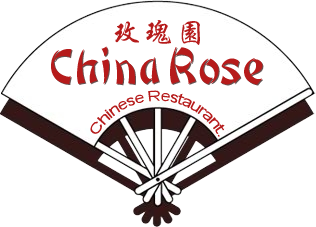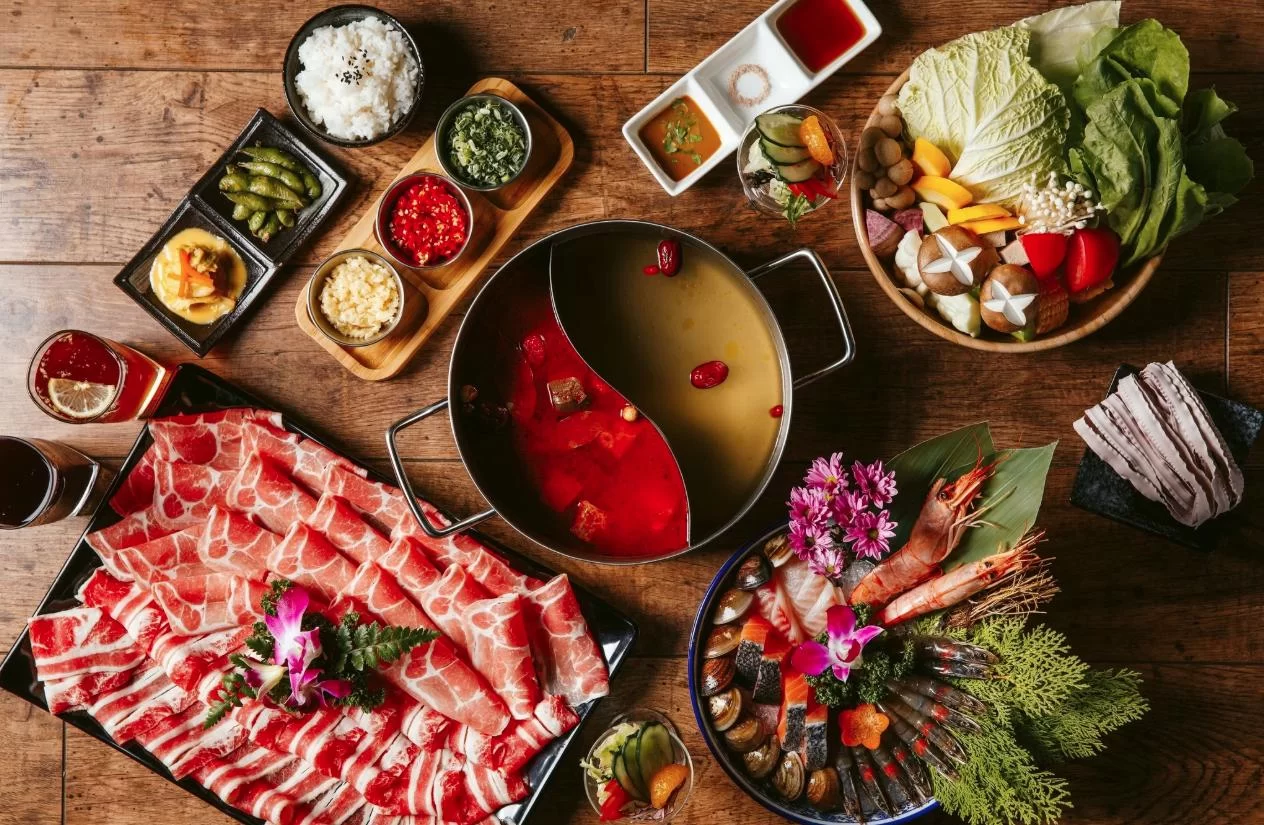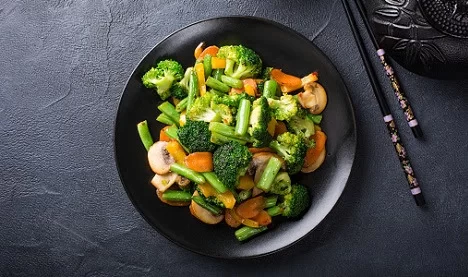- Understanding Chinese Food Safety for Home Cooks
- Practical Food Hygiene Measures in Your Kitchen
- Safe Handling and Storage of Chinese Cooking Ingredients
- Avoiding Common Kitchen Hazards in Chinese Cooking
- Learning from Real-Life Food Safety Examples
- Where to Find Trusted Chinese Food Resources and Products
1. Understanding Chinese Food Safety for Home Cooks
For home cooks in the USA who enjoy preparing Chinese dishes, food safety is an essential topic that often doesn’t get enough attention. Chinese cuisine involves a variety of ingredients—from fresh vegetables and seafood to fermented sauces and spices—that require careful handling to prevent foodborne illnesses. Understanding food safety means more than just keeping your kitchen clean; it’s about recognizing how different ingredients behave and the best practices to keep your meals safe and delicious.
Many home cooks may overlook certain steps, assuming traditional recipes are safe as is. However, adapting these recipes in a Western kitchen environment with different climate conditions and ingredient sources demands awareness and care. This is where Chinese food safety tips for home cooks in the USA become invaluable, helping you navigate kitchen hygiene, storage, and preparation techniques specific to Chinese cooking.
1.1 The Importance of Temperature Control
One critical aspect is temperature control. Chinese dishes often combine cooked and raw ingredients, such as raw vegetables or cold sauces served alongside hot stir-fries. Ensuring hot foods stay above 140°F and cold foods below 40°F prevents harmful bacterial growth. Many foodborne illnesses linked to Chinese cuisine happen when leftovers or raw ingredients are not properly refrigerated or reheated.
1.2 Awareness of Cross-Contamination
Cross-contamination can occur easily when working with raw meats like pork, chicken, or seafood—staples in Chinese cooking. Using separate cutting boards and utensils for raw and cooked foods is a must. Even familiar ingredients like tofu or mushrooms can carry bacteria if handled improperly.
2. Practical Food Hygiene Measures in Your Kitchen
Keeping a clean cooking environment is the foundation of safe Chinese food preparation. Beyond general cleanliness, some specific measures can greatly reduce the risk of contamination:
2.1 Regular Hand Washing
Washing hands before and after handling raw ingredients cannot be overstated. Many home cooks may get distracted when juggling multiple dishes, but taking a moment to thoroughly wash hands helps prevent spreading bacteria throughout the kitchen.
2.2 Sanitizing Surfaces and Utensils
After cutting raw meats or preparing sauces with soy or fermented pastes, wipe down all surfaces with a food-safe sanitizer. This simple step protects against the growth of pathogens that can thrive in the moist, protein-rich residues common in Chinese cooking.
3. Safe Handling and Storage of Chinese Cooking Ingredients
Proper storage is crucial when dealing with diverse Chinese ingredients. Many items have unique storage requirements that affect both safety and flavor.
3.1 Fresh Produce and Seafood
Fresh vegetables should be washed thoroughly to remove dirt and potential pesticides. Seafood, often featured in Chinese recipes, must be kept refrigerated and consumed quickly to avoid spoilage. When shopping, buy seafood from trusted suppliers, and at home, store it on ice or in the coldest part of the fridge.
3.2 Fermented and Prepared Sauces
Popular condiments like soy sauce, hoisin, and fermented bean paste typically have preservatives but still require refrigeration after opening to maintain safety and quality. Neglecting this can lead to mold growth or spoilage.
3.3 Rice and Noodles
Cooked rice and noodles should never be left out at room temperature for more than two hours. These staples are susceptible to Bacillus cereus bacteria, which can cause food poisoning. Quick cooling and prompt refrigeration are essential practices.
4. Avoiding Common Kitchen Hazards in Chinese Cooking
Chinese cooking methods often involve high heat and quick stir-frying, which can introduce safety hazards beyond food contamination.
4.1 Managing Hot Oil and Flames
Stir-frying requires handling very hot oil and open flames, which increase risks of burns and fires. Keeping a well-ventilated kitchen, using appropriate cookware, and never leaving the stove unattended are basic but vital precautions.
4.2 Knife Safety
The use of sharp cleavers and knives is fundamental in Chinese kitchens. Proper knife maintenance and safe cutting techniques not only improve efficiency but prevent accidents that could disrupt meal preparation and cause injuries.
5. Learning from Real-Life Food Safety Examples
In 2019, a popular Chinese takeout restaurant in a major US city faced a temporary closure due to a foodborne illness outbreak linked to improper seafood storage. Investigations revealed that raw shrimp had been left unrefrigerated for extended periods, causing contamination. This incident highlights how even professional kitchens can make mistakes and reinforces the importance of following strict food safety protocols at home.
Similarly, a home cook shared a story about her experience preparing homemade dumplings. By ensuring all ingredients were fresh, washing hands meticulously, and properly refrigerating leftovers, she avoided common pitfalls many encounter with these delicate dishes. Her success underscores that food safety in Chinese cooking is achievable with attention and care.
6. Where to Find Trusted Chinese Food Resources and Products
For those looking to enhance their cooking while maintaining safety standards, the website Chinese Food offers a curated selection of the best Chinese culinary products, from fresh ingredients to kitchen tools. Additionally, they provide guidance on safe food handling specific to Chinese cuisine, making it a valuable resource for home cooks across the USA.
Choosing quality products and reliable suppliers is just as important as following food safety tips. Whether you need authentic sauces, fresh produce, or cookware designed for Chinese cooking, visiting Chinese Food can help you find what you need to cook safely and deliciously.








